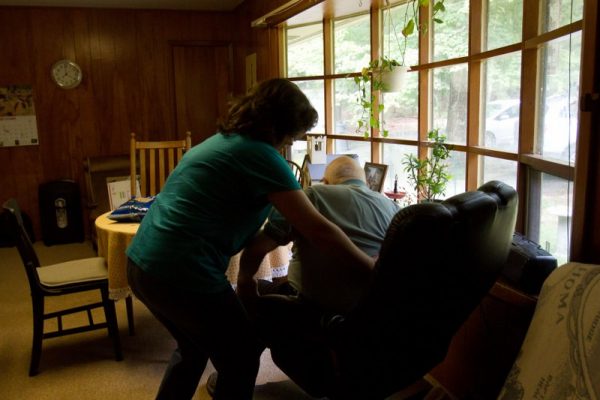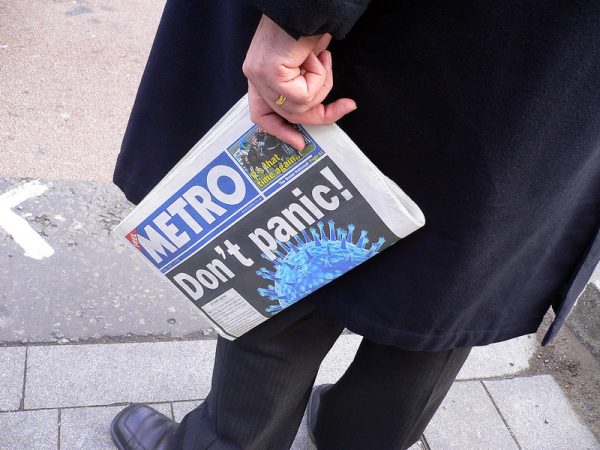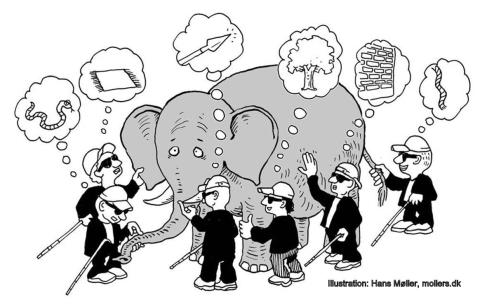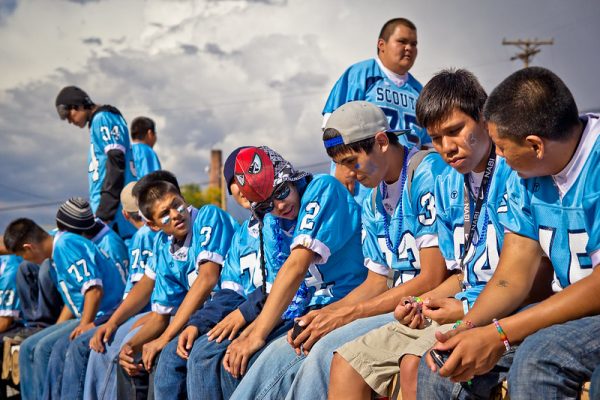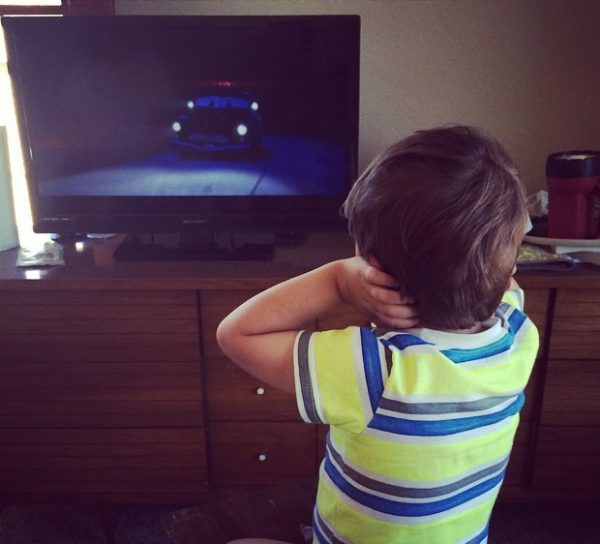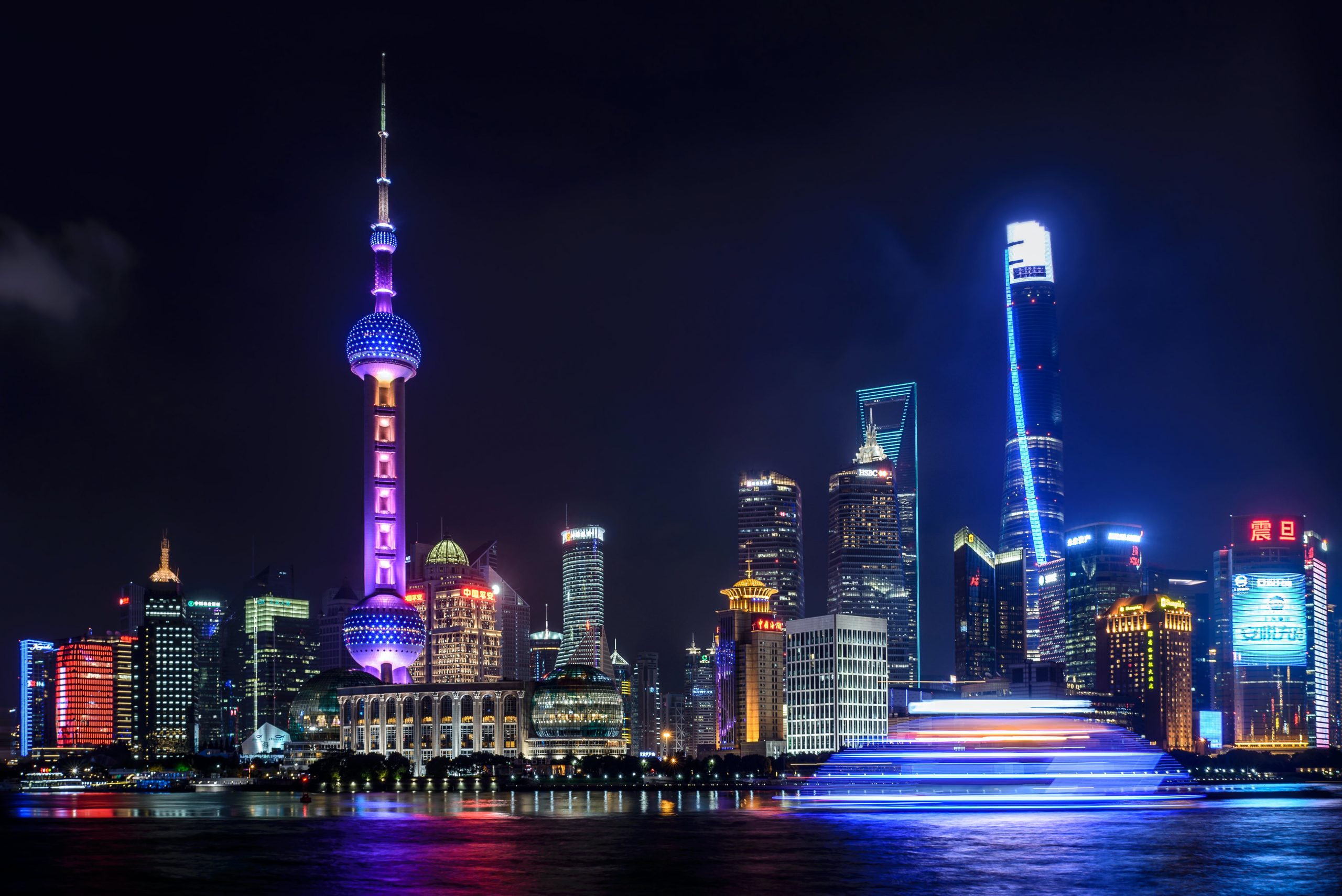
A large city at night, with colorful lights illuminating the cityscape. Photo by Wolfram from Pexels under Pexels license.
From Hollywood actors to community activists and literary writers, Asian Americans have been gaining increasing visibility on public platforms. However, given that Asian Americans come from over 20 ethnic and national groups, there is variety and diversity in history, language, culture, and experience that the umbrella term “Asian American” cannot encompass. Over time, in fact, Asian Americans have been lumped into a monolithic culture and stereotypes typically associated with East Asians, erasing the diversity that is a crucial part of Asian America.
What does it mean to be “Asian American” in the United States? How are Asian Americans defying, redefining, and embracing this ambiguous and monolithic label?
Immigration and Asian Americans
Asian Americans and their immigration to the United States have always been an important part of the history of the United States. Ethnic groups like Chinese and Japanese Americans have been around since the gold rush and sugarcane fields of Hawaii respectively. Other groups, especially Southeast Asian refugees, came to the United States as a result of colonialism and war. It is important to acknowledge how these different histories compose and have shaped Asian American identities, cultures, and communities.
- Lee, Erika. 2015. “A Part and Apart: Asian American and Immigration History.” Journal of American Ethnic History 34(4):28–42.
- Lee, Erika. 2016. The Making of Asian America: A History. New York, NY: Simon & Schuster.
Panethnicity
Panethnicity refers to any collective identity built across ethnic boundaries and differences (Okamoto and Mora 2014). For Asian Americans, panethnicity was created as a political identity for activism and solidarity among Asian-origin peoples in the face of a deeply racialized United States. In more recent decades, “Asian American” has become an identity for Asian Americans to share in panethnic cultural histories, activities, and media. However, it has also become an identity forced upon Asian-origin peoples, where entities like the government group all Asian-origin ethnicities under this broad umbrella term to distinguish them from both White people and other people of color.
- Lee, Jess. 2019. “Many dimensions of Asian American pan‐ethnicity.” Sociology Compass 13(12).
- Nakano, Dana Y. 2013. “An interlocking panethnicity: The negotiation of multiple identities among Asian American social movement leaders.” Sociological Perspectives 56(4):569-595.
- Okamoto, Dina G. 2014. Redefining race: Asian American panethnicity and shifting ethnic boundaries. New York, NY: Russell Sage Foundation.
- Okamoto, Dina, and G. Cristina Mora. 2014. “Panethnicity.” Annual Review of Sociology 40:219-239.Espiritu, Yen Le. 1992. Asian American panethnicity: Bridging institutions and identities. Philadelphia, PA: Temple University Press.
The Monolithic “Asian American” – Commonalities and Variations
In recent decades, “Asian American” as a panethnic category has also become a point of contention for people who are categorized and racialized as such. Many ethnic groups, like South Asian ethnic groups, feel unrepresented in an umbrella category that seems to predominantly reflect East Asian culture, values, experiences, and socio-cultural status. An example of this is the “model minority” stereotype, which upholds Asian Americans as hard-working and high achieving in comparison to other racial minority groups, and yet still inferior and a threat to White people (Kim 1999). However, the model minority is often in reference to East Asians (although depending on the context this can also include Asian Indians and Vietnamese), ignoring the disparities many Asian Americans like South and Southeast Asians experience.
As a result, there have been calls to disaggregate, or break down, Asian Americans by ethnic groups because of how this monolithic racial label camouflages the vast differences and inequities between Asian American groups. Examples include the income gaps between groups like Chinese Americans and Nepalese Americans, and even within ethnic groups, like Chinese Americans, there are vastly different and unequal experiences.
- Kibria, Nadia. 1998. “The contested meanings of ‘Asian American’: Racial dilemmas in the contemporary US.” Ethnic and Racial Studies 21(5), 939-958.
- Lee, Jennifer, and Karthick Ramakrishnan. 2020. “Who counts as Asian.” Ethnic and Racial Studies 43(10):1733-1756.
- Tsuda, Takeyuki. 2022. “I Don’t Feel Very Asian American”: Why Aren’t Japanese Americans More Panethnic?” Sociological Inquiry 92: 919-942.
- Yamashita, Liann. 2022. ““I just couldn’t relate to that Asian American narrative”: How Southeast Asian Americans reconsider panethnicity.” Sociology of Race and Ethnicity 8(2):250-266
Xenophobia and Anti-Asian Racism
Asian Americans continue to face xenophobic sentiments in a country where, no matter who is included or how long their family has been in the US, they are treated as foreigners (Tuan 1998). Even when praised as “model minorities” who “made it” compared to other minority groups, this valorized position can quickly crumble beneath them. The COVID-19 pandemic and the rise of anti-Asian hate that followed is an example of Asian Americans’ tenuous position in the racialized hierarchy of the United States.
- Kim, Claire Jean. 1999. “The Racial Triangulation of Asian Americans.” Politics & Society 27(1):105-138.
- Kim, Nadia. 2007. “Asian Americans’ experiences of “race” and racism.” In Handbooks of the Sociology of Racial and Ethnic Relations, pp. 131-144. Boston, MA: Springer US.
- Tessler, Hannah, Meera Choi, and Grace Kao. 2020. “The anxiety of being Asian American: Hate crimes and negative biases during the COVID-19 pandemic.” American Journal of Criminal Justice 45:636-646.
- Tuan, Mia. 1998. Forever Foreigners or Honorary Whites? The Asian Ethnic Experience Today. New Brunswick, NJ: Rutgers University Press.


